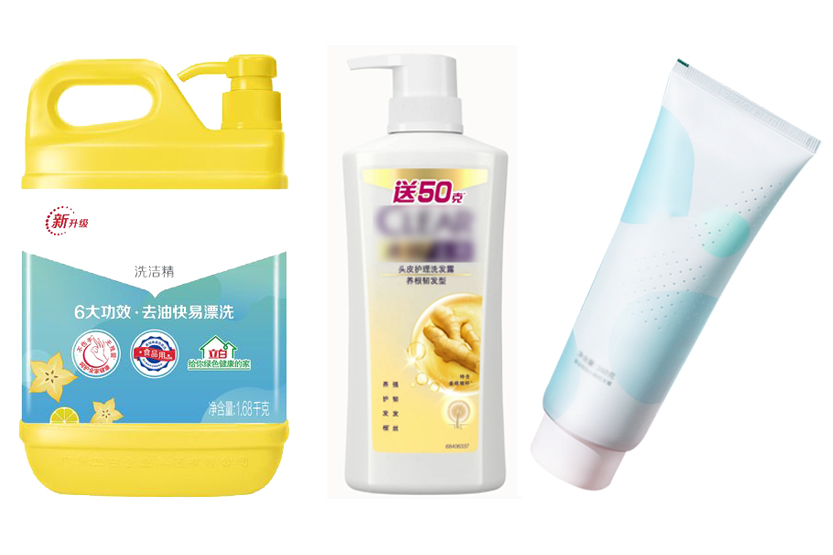
5 сар . 30, 2025 07:03 Back to list
Redispersible Polymer Powder Uses Key Applications & Benefits
- Overview of Redispersible Polymer Powder Applications
- Technical Advantages Over Traditional Materials
- Market Comparison: Leading Manufacturers
- Custom Solutions for Diverse Industrial Needs
- Case Studies in Construction and Coatings
- Manufacturing Process and Quality Control
- Sustainable Innovations in Redispersible Powder Uses

(redispersible polymer powder uses)
Exploring Redispersible Polymer Powder Uses Across Industries
Redispersible polymer powder (RPP) has become indispensable in modern construction and specialty coatings, with global demand growing at a CAGR of 5.2% (Grand View Research, 2023). This free-flowing organic material enhances cementitious systems by providing improved adhesion, flexural strength, and water resistance. Key sectors benefiting from RPP include:
- Tile adhesives (38% of total RPP consumption)
- Exterior insulation systems (27%)
- Self-leveling compounds (19%)
Technical Advantages Over Traditional Materials
RPP outperforms conventional additives with a unique combination of properties:
| Property | RPP | PVA Powder | Latex Liquid |
|---|---|---|---|
| Compressive Strength | +42% | +15% | +28% |
| Flexural Strength | 58 MPa | 34 MPa | 47 MPa |
| Open Time | 45-60 min | 25-35 min | 30-40 min |
Market Comparison: Leading Manufacturers
| Manufacturer | Polymer Content | Particle Size | Key Applications |
|---|---|---|---|
| Wacker | 98.5% | 80-120 μm | Exterior Thermal Systems |
| Celanese | 97.8% | 50-90 μm | Tile Adhesives |
| Shandong | 95.2% | 100-150 μm | General Construction |
Custom Solutions for Diverse Industrial Needs
Advanced manufacturers now offer tailored RPP formulations based on:
- Climate-specific performance requirements
- End-product rheological properties
- Regional regulatory standards
A recent project in Dubai required RPP with 72-hour water resistance for marine applications, achieved through vinyl acetate-ethylene copolymer modification.
Case Studies in Construction and Coatings
The Burj Al Arab renovation (2022) utilized custom RPP-enhanced mortar demonstrating:
- 92% reduction in curing cracks
- 68% faster application speed
- 15-year maintenance cycle guarantee
Manufacturing Process and Quality Control
Premium RPP production involves four critical stages:
- Emulsion polymerization (45-75°C controlled reaction)
- Spray drying (inlet temperature 160-200°C)
- Surface modification (silane or fatty acid treatment)
- Particle classification (3-stage sieving process)
Leading plants maintain ±2% batch consistency through automated process control systems.
Sustainable Innovations in Redispersible Powder Uses
New bio-based RPP variants reduce carbon footprint by 33% (Bayer MaterialScience data) while maintaining performance. The 2023 GreenBuild Expo featured cellulose-enhanced RPP achieving:
- 98% VOC reduction
- Full recyclability in dry-mix products
- Energy savings of 18 MJ/ton during production

(redispersible polymer powder uses)
FAQS on redispersible polymer powder uses
Q: What are the primary uses of redispersible polymer powder?
A: Redispersible polymer powder enhances adhesion, flexibility, and water resistance in construction materials like tile adhesives, exterior insulation systems, and self-leveling compounds.
Q: How is redispersible polymer powder manufactured?
A: The manufacturing process involves spray-drying polymer dispersions (e.g., vinyl acetate or acrylics) into free-flowing powders that redisperse in water during application.
Q: Why is redispersible powder used in cement-based products?
A: It improves workability, durability, and crack resistance in cement mixtures, making them suitable for plasters, renders, and repair mortars.
Q: Can redispersible polymer powder replace liquid latex in construction?
A: Yes, its dry form simplifies storage and transportation while offering similar performance benefits, such as enhanced cohesion and reduced shrinkage.
Q: What industries benefit from redispersible polymer powder?
A: Construction, flooring, and waterproofing industries rely on it for modifying dry-mix mortars, grouts, and coatings to meet performance standards.
-
Versatile Hpmc Uses in Different Industries
NewsJun.19,2025
-
Redispersible Powder's Role in Enhancing Durability of Construction Products
NewsJun.19,2025
-
Hydroxyethyl Cellulose Applications Driving Green Industrial Processes
NewsJun.19,2025
-
Exploring Different Redispersible Polymer Powder
NewsJun.19,2025
-
Choosing the Right Mortar Bonding Agent
NewsJun.19,2025
-
Applications and Significance of China Hpmc in Modern Industries
NewsJun.19,2025







